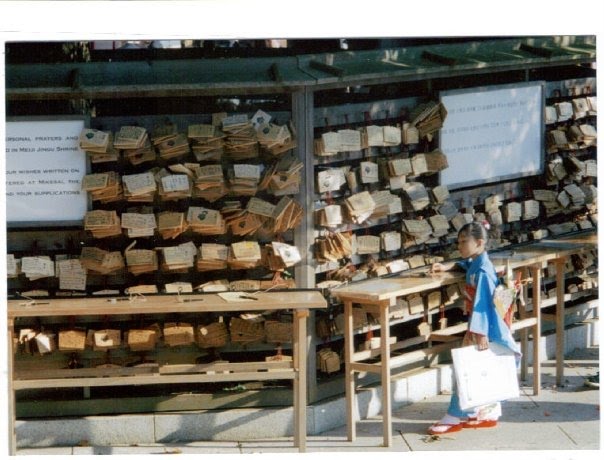Last weekend I visited the Hiroshima Peace Memorial Museum. It was an intense and moving experience that is difficult to describe to people who haven’t been there. It certainly feels uncomfortable on so many levels to view the horrors of atomic weapons as an American living in Japan. One thing that I especially appreciate about this museum, though, is its emphasis on moving toward the disarmament of all atomic weapons rather than focusing on placing blame for the atomic bomb that America dropped on Hiroshima on August 6, 1945. After visiting the museum, I went to the Peace Park to be alone and process all that I had seen. In an attempt to share my experience with you and others, I felt compelled to do something extremely rare—write a poem. I do not claim to be an expert writer, so please be kind as you read my poetry, where I reflect on this horrific event.
ONE MOMENT CHANGES ALL
By Christine Eige
A flash of light and a booming noise—
Heat and radiation devouring all in its way.
Flesh and clothes melting into one,
parched throats gasping for air,
seeking relief, but instead, finding black rain.
Radiation running rampant through bodies,
vital organs failing one after another,
and so many beyond recovery or care.
A whole world turned upside down,
yet the suffering only just beginning.
“Papa, please help me!
Make the pain go away.
Where are you?
I need you.
Don’t leave me this way.
Where are my little sister, my mama, and friends?
What happened to my home?
When will the nightmares finally end?”
God looks down from heaven,
his heart broken in two.
Jesus opens his arms wide saying,
“Forgive them, Father,
for they know not what they do.”













